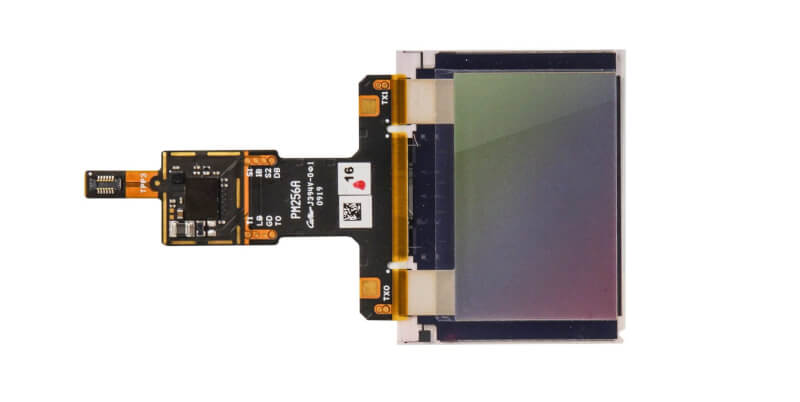The fingerprint scanner is not a new thing in smartphones. Even budget phone comes with a physical fingerprint sensor nowadays. It is the reliable, easy and fastest way to unlock the device and that’s the reason behind its popularity. We have seen different types of fingerprint sensors in past. A physical fingerprint scanner on the back, on the home button, side-mounted fingerprint sensor and now most of the phones implement an in-display fingerprint scanner. There are two types of the in-display fingerprint sensor, optical and ultrasonic. While most of the brands use an optical scanner, Samsung uses the ultrasonic fingerprint scanner in their flagship smartphones. Now, during the Snapdragon Summit, Qualcomm has announced 2nd Gen Ultrasonic fingerprint sensor which is 17x larger and capable of scanning two fingers at the same time. It is called 3D Sonic Max. Let’s find out more about this new ultrasonic fingerprint sensor in this article.
3D Sonic Max: New Gen Ultrasonic Fingerprint Sensor
At Snapdragon Tech Summit, Qualcomm announced the second generation of its 3D Sonic in-display fingerprint sensor called the 3D Sonic Max alongside the Snapdragon 865 and Snapdragon 765/765G SoCs. We have seen the first-gen of Ultrasonic fingerprint sensor on Samsung Galaxy S10 and Note 10 series. It is not the fastest solution out there but it is more secure than the optical in-display fingerprint sensor and physical sensors.

The 3D Sonic Max sensor measures 20mm x 30mm while the old sensor measured 4mm x 9mm. 3D Sonic Max is 17x larger than the first-gen 3D Sonic Sensor. It gives a 600 square millimetre sensing area for fingerprint authentication. The 2nd gen sensor is just 0.15mm thin, so it does not take too much space underneath the display. Enrolling the fingerprint will be easier and faster than before due to the increased size of the scanner. Instead of tapping 15-20 times to register a fingerprint, users will be able to register with a couple of taps because of the larger surface area. The new sensor will also avoid the screen protector problem by capturing the complete fingerprint. However, according to The Verge, there is no improvements in the unlocking speed.
Two-finger Sensing

The large surface area allows to read two prints at the same time, so it can be set to require two different prints to unlock the device. For the extra security, you can use two fingerprint authentications which will improve the security in banking apps. You will have to put two fingers at the same time for unlocking. 3D Sonic Max promises to deliver 1:1,000,000 which is double than 1:50,000 in the previous generation to prevent fingerprint spoofing and inaccurate results. We will probably see the new-gen ultrasonic fingerprint sensor in Samsung Galaxy S11 series in the year 2020.
Share your thoughts on 3D Sonic Max: New Gen Ultrasonic Fingerprint sensor in the comments down below.
Read More: Optical Fingerprint Sensor Vs Ultrasonic Fingerprint Sensor
Follow Tech Burner Team on our social media handles to get the latest updates:
If you have any queries about tech then simply mention @TECHBURNERTEAM on twitter and we will try to answer you as soon as possible.